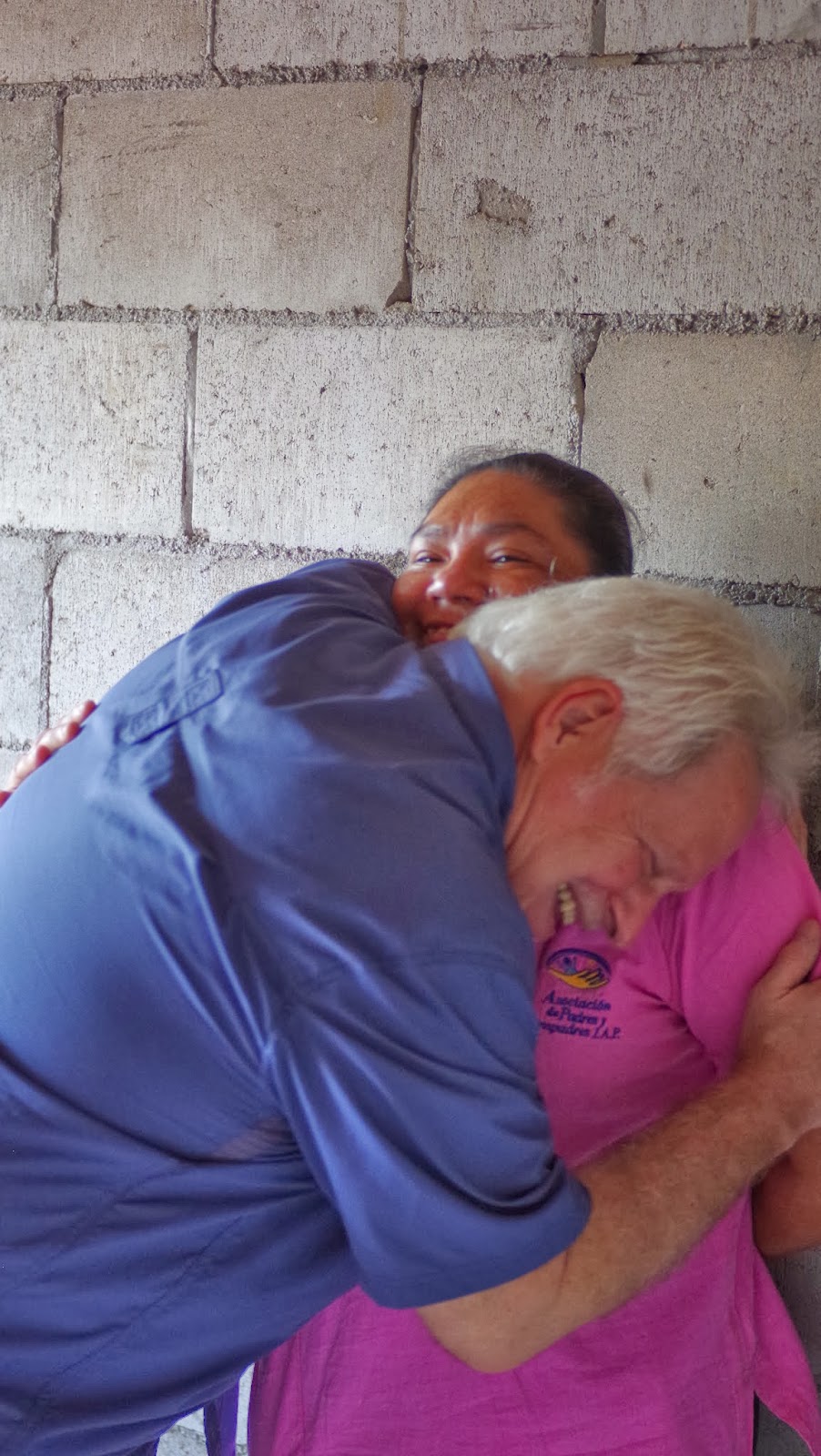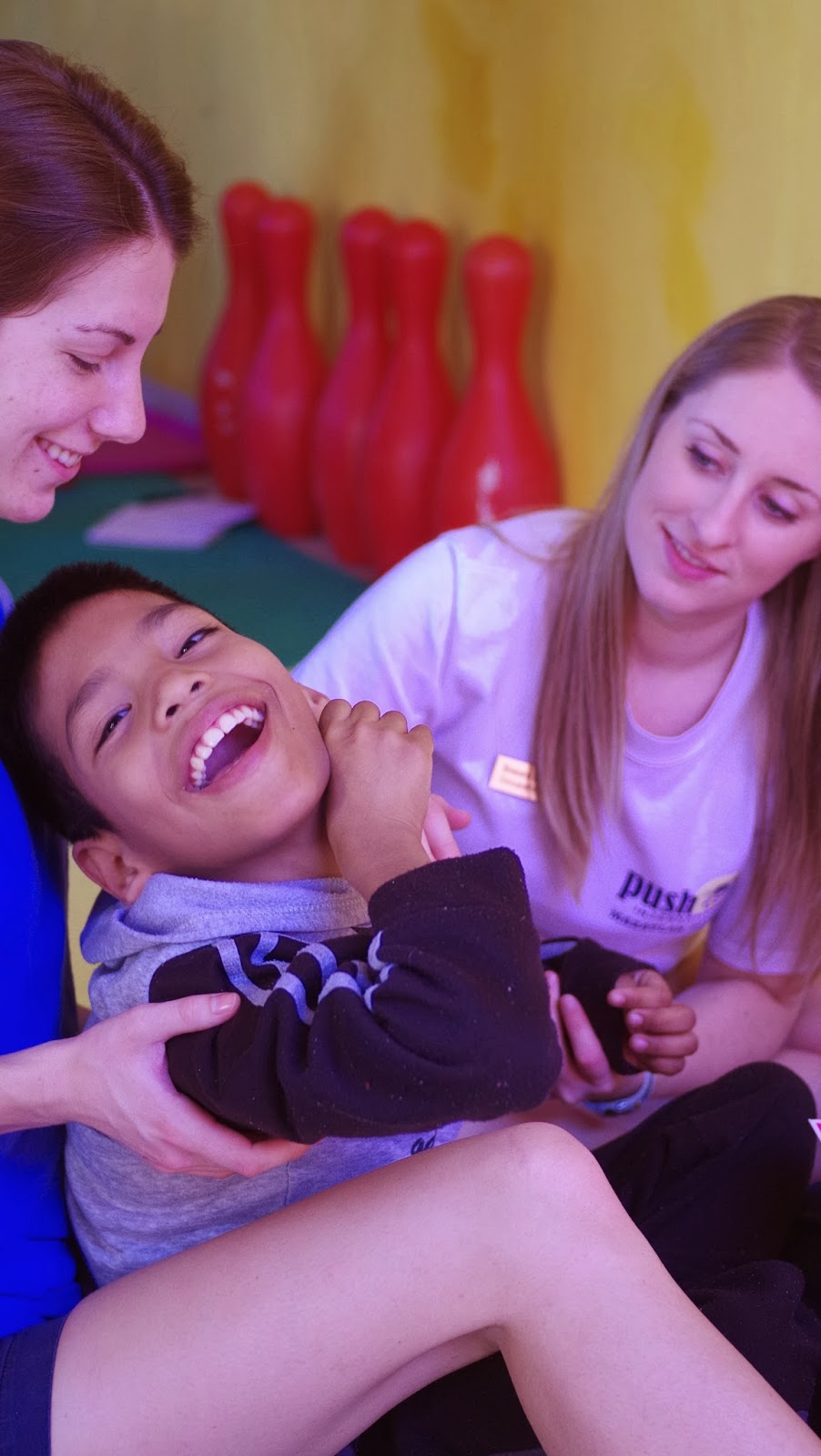First, let me tell you a story.
Two years ago I was living in Cuernavaca, Mexico on a study abroad experience with my two children and The University of Washington. We traveled south to Oaxaca for the weekend to see the southern Mexico pyramids, the petrified waterfall of Oaxaca, try real mole (the chocolate sauce found on Mexican menus), and mingle with the locals. We heard of a mercado outside of Oaxaca city, only a few miles per taxi, but were warned that tourists don't usually venture there so we should be on guard.
The mercado was that of a third world country. Filled with livestock and handmade goods, a dirt walkway, and no tourists. It was beautiful and terrifying in some ways. As we walked through the isles and looked at the booths selling everything from bowls made from tree seeds to sandals made to order, I noticed a little girl standing in the middle of the path. Her mother was seated on the ground next to her holding a basket of gum. The little girl was selling the "chicle" as they call it and started moving down the path. Her mother pushed herself off the ground and it was at this point I could see just below her indigenous dress line that she was an amputee of both her legs. If that wasn't difficult enough, in order to maintain her balance and protect her 'nub' legs, she had placed old soup cans over them to "walk" on. My children looked up at me for reassurance, not wanting to believe what they were seeing. At this point, I became emotional and realized this lady had no options, no wheelchair, no therapy, no assistance or resources, and I knew that my decision to apply to be an occupational therapist was the right one. With a wheelchair, this woman would be given more mobility, less health risks, and could be more independent. I vowed at that moment to return to Mexico somehow and try to start and fix the problem in front of me.
Fast forward two years and while applying to graduate school I was told about a program called Push International that takes broken wheelchairs to Mexico, rebuilds them, and distributes them to people who need them. Lights started flashing in my head! Fireworks! trumpets! I knew I had to be a part of this. It just felt right.
On January 11 of this year, I flew to Mazatlan to be a part of an exceptional team of student physical therapists, student occupational therapists, a student COTA, two practicing occupational therapists (one being the co-founder), a carpenter, and the director of Push. Despite the governmental travel advisory not to go to Mazatlan, I felt nothing but welcomed from the Mexican people and their families.
We worked long days learning about different disabilities, therapy techniques, teaming, building wheelchairs and distributing them. I gained insight on how to be a better therapist by working with children of disability, struggling with how to best help them be more independent, and consulting other students and therapists on what they would do. We made home visits to people that had received wheelchairs in the past years to see if any repairs or alterations needed to be made and to remind them that they were not forgotten, the wheelchair center is there if they need any help.
I could share a hundred stories of the people I met and how they affected me, but I will leave that to photos. I can't say enough that this experience was one I am immeasurably thankful for. Push International helped me follow through on a promise I made to myself two years ago and one I hope to keep for the future, to distribute independence, therapy, care, smiles, and hope to people who have been treated as hopeless, useless, dependent and pitiful.
To find out more how you can help Push International or be a part of a distribution team go here: http://pushinternational.org/
Here are some of the amazing people we helped get refurbished wheelchairs or other adaptive devices:
Participating in therapy groups:
Beautiful Mexico






















































No comments:
Post a Comment